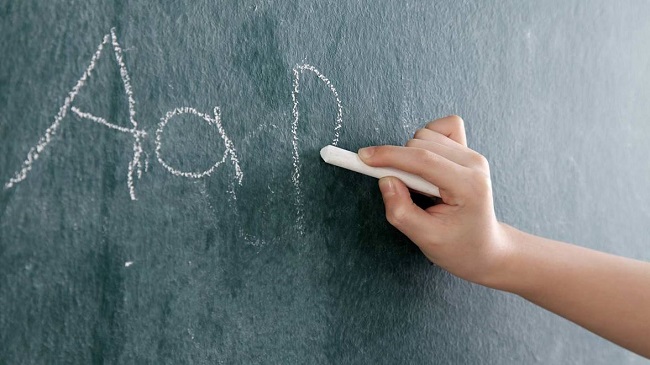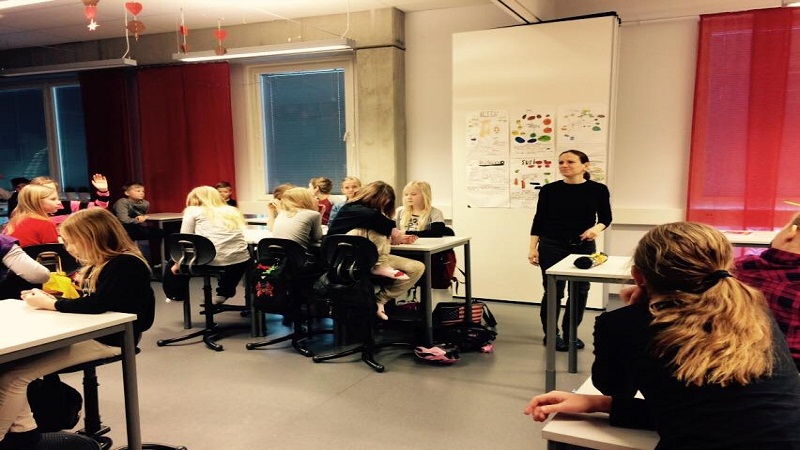Dysgraphia is another disorder that is often associated with other learning problems and is characterized by the presence of a hardly legible handwriting.
What is dysgraphia?
It is called the difficulty to hand write legibly with appropriate strokes. It is a term applied from psychology, pedagogy, education in general, cases of students who have very poor handwriting, that confuse the graphics and it costs a lot structuring strokes, giving the feeling writings of disorder and chaos. If the problem moves this course to adulthood is not addressed.
We see in these children, at the start of primary school, draw or make letters and numbers, a great effort on their part, with few results.

What usually accompanies dysgraphia?
A child with dysgraphia is normal to have “very bad letter” a somewhat haphazard way of “being in the world”: it costs them organized both at school level and in other areas of everyday life: easily lose things, have forgotten … Also abruptness usually find objects that are frequently broken. Say you are generally clumsy in what refers to fine motor skills.
Why does it occur?
Dysgraphia occurs because there is an obstacle in the evolutionary process of the child who has not been allowed to organize all that well at the neurological level. That is, in an age that prompted the degree of maturity required to move relatively precise movements of wrist and fingers, its first graphics on paper, the child is not ready.
The child puts interest, we see that wants to do well, we see him suffer, perhaps even her sweaty hands.
Situations that can influence the aspersion of dysgraphia:
- Premature birth or trauma or with some degree of fetal distress births. The baby gets a negative impression that results in a response of the nervous system that leads to contraction and a tendency to a state of “alert”. From this tension learning cost more and it is clear at the time of writing.
- An accident, a blow that has left sequels in the brain. According to the affected areas are different symptoms, but they can bring difficulties before us?
- Specific situation happens in the family environment and the child lives with more or less distress parental separation, moving house, the coming of a little brother …
Let us distinguish and make a difference well…
At a time of rebellion for whatever reason, the child can show your aggression on paper: strong draws, smudges, strumming, stain … has the ability to do well, but do not want.
You may also like to read another article on WeiWeiCS: Why children should write (mostly) by hand?
You always have to approach the child from understanding to understand before acting. The problem of rebellion is usually temporary, but when we clearly see, after careful observation, there is a difficulty background…
What can we do?
- Work based motor child, back evolutionarily prior periods and play with him on the ground (creeping, crawling …), we favor contact with your body and free experimentation with materials to help sensorial.
- Introduce moments of relaxation at home, let us offer the opportunity to be picked up, curled up with us.
- Not “shall crush” with strokes. You cannot do better and dynamic training based on tight to strive only going to create more insecurity and a great distaste and rejection of the school.
- To bring it to the graphics, and always following the rhythm of the child, let’s start with broad strokes, in a large area (a paper tablecloth on the floor, for example, or on a blackboard).
With this work may be enough to improve the spelling and general welfare of our child. If not, let us not hesitate to contact a professional. The sooner you address the problem takes place, there are better prognoses.
An advice…
Just when we see the child started in strokes, playing with a ribbon rhythmic gymnastics (small) helps a lot: they work rotating the wrist from the game and movements are achieved with colorful ribbon love them.







